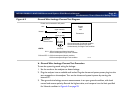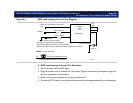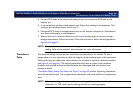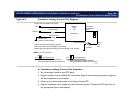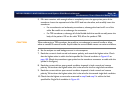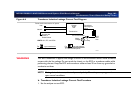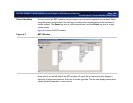
M2540-92000-01 A M2540 Ultrasound System Field Service Manual Page 101
Performance Tests: Electrical Safety Tests
5. Fill a test container with enough saline to completely cover the appropriate parts of the
transducer. Insert the exposed end of the ECG lead into the saline, and carefully insert the
transducer:
• For transthoracic and endocavity transducers, submerge the head and 5 cm of the
cable. Be careful not to submerge the connector.
• For TEE transducers, submerge all of the flexible shaft that would normally enter the
body of the patient: 100 cm for adult TEE, 60 cm for pediatric TEE.
CAUTION When submerging a TEE transducer, be careful to not submerge its control handle or allow
saline to contact its control handle. Liquid inside the control handle causes corrosion and failure.
6. Set the analyzer to read leakage current in microamperes.
7. Read the current in both normal and reverse polarity, and record the highest value. Check
that the highest value is within the limit specified for Normal condition in Figure 6-5 on
page 100. (Match the transducer type symbol on the transducer connector or cable with the
symbol in the figure.)
8. Read the current with an open ground condition imposed, in both normal and reverse
polarity. Write down the highest value; this is the value for the first single fault condition.
9. Read the current with an open neutral condition imposed, in both normal and reverse
polarity. Write down the highest value; this is the value for the second single fault condition.
10. Check that the highest current value measured in step 8 and step 9 is within the limit
specified for Single Fault condition in Figure 6-5.



